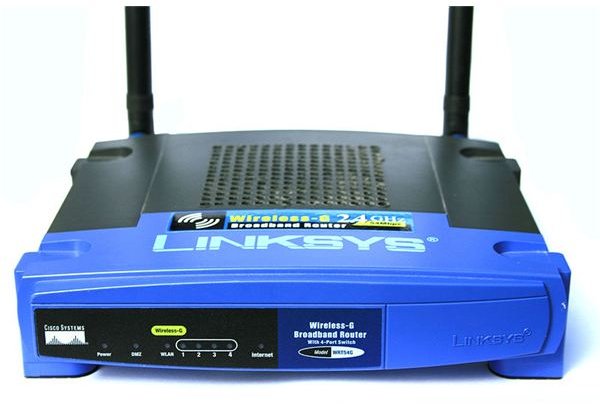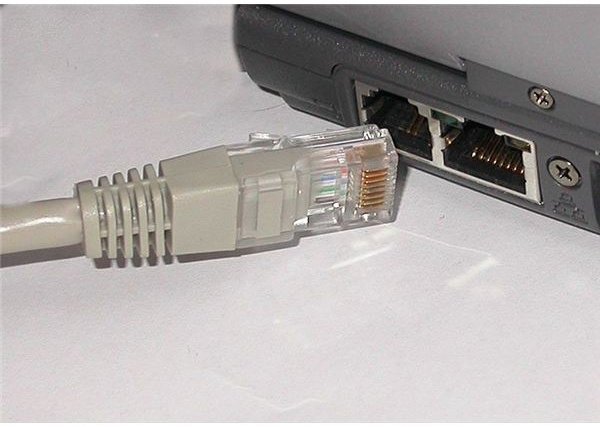Will an Ethernet Card Connect to an Ordinary Wireless Router?
Router Basics
Routers are devices which share Internet connections among multiple computers. Computers on a local area network talk to the router, and the router talks to the Internet as one computer. The router identifies and routes data back to the computer that requested it.
Consumer wireless routers generally also contain four sockets for wired connections. A local area network can contain both wired and wireless computers, sharing the same Internet connection with all of them. Connect computers to your wireless router by plugging a standard Ethernet cable into the sockets on the back of it.
You can also connect a desktop computer to a wireless router by buying and installing a wifi card.
Wired Advantages
**
Reliability - Connecting a computer to your router with a wired connection ensures the connection is solid. Wireless connections have the potential for interference caused by common devices such as microwaves and cordless phones, and occasionally require moving the computer to get better signal strength. This is obviously not a problem for laptops, but for a desktop, not having to move the desktop is worth the wires.
Speed - Wired connections are significantly faster. While new standards such as 802.11n are improving the speed of wireless connections, it isn’t even close yet.
Router Security - Some routers require being physically connected by hardware to access the router’s web configuration page. Even if this setting can be disabled, it improves security by making it impossible for people on the router’s wireless network to tamper with the router and its settings.
Connection Security - Wired networking also offers improved security of the data your computer transmits and receives over the internet, since it doesn’t travel over the open air, it can’t be intercepted and eavesdropped on. While encryption mitigates this, it is still theoretically possible to crack it, especially if you use, as many users do, an open network or one with a weak password.
Image Credit: Wikimedia Commons/Hieke
Wireless Advantages

Convenience - Wireless networking is certainly more convenient for computers in rooms of the house far from the router. You don’t have to run a cable, simply insert a wireless network card, if required, and enable it. While the speed is lower and the unreliability are still factors, if you can get a clear signal and don’t need the additional speed, this is a good option.
Lack of Cables - Sometimes running cables may be very difficult or practically impossible. In a situation where the computers are on a different floor from the router, it may be better to use wireless networking rather than drill holes through walls and run cables through the entire house.
Image Credit: Wikimedia Commons/Digon3
